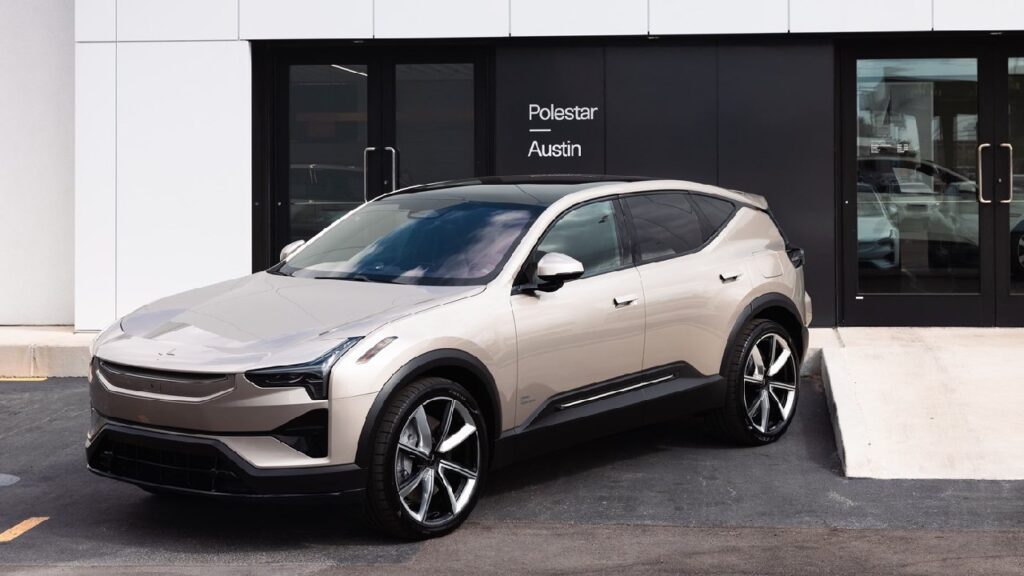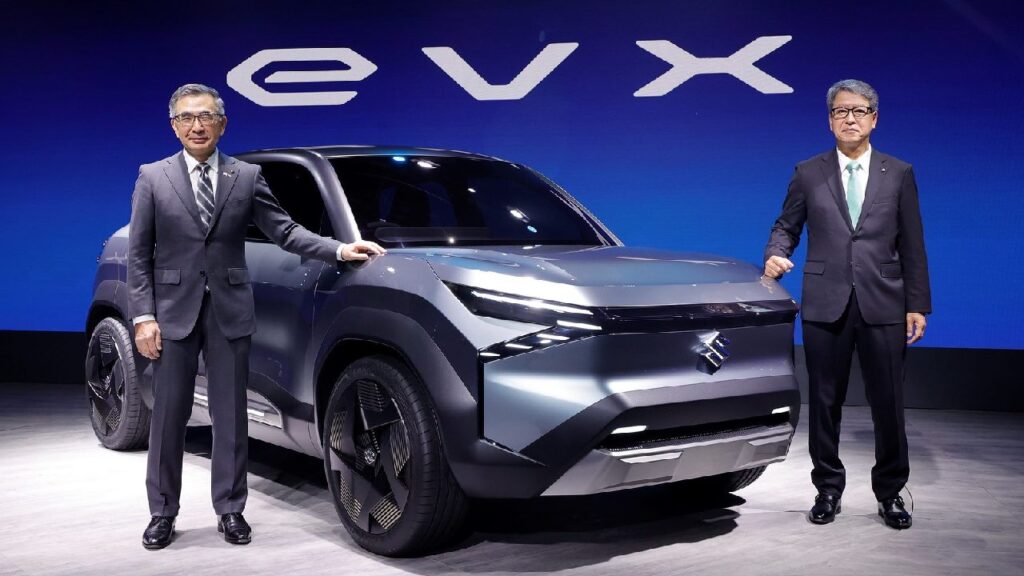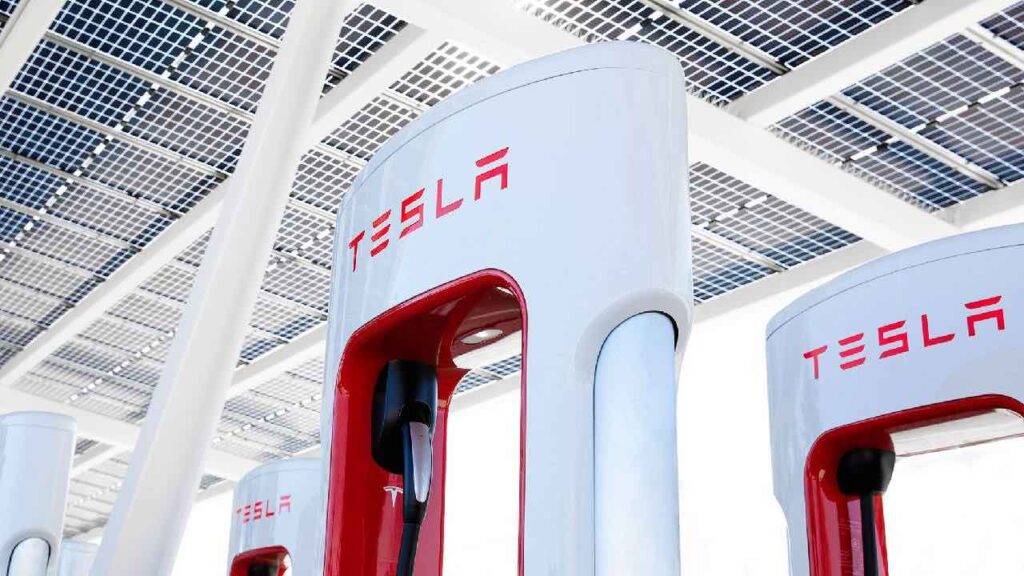Rivian To Offer Discount Worth $3,000 If You Own ICE Car, Wait What?
Interestingly, you don’t even need to trade in your existing ICE car to avail of the benefits In order to attract new buyers, Rivian is offering enticing discount deals if you are an ICE car owner. The American EV startup is a prominent name in the world of electric cars today. Its R1S and R1T are popular electric SUVs and pickup trucks, respectively. They have been doing well on the sales charts and recently received upgrades. However, to sweeten the deal further, Rivian has announced unique benefits if you wish to switch to electric mobility. You might also like: Solar Tonneau Cover Can Boost The Range Of Rivian R1T Rivian Discount Offers For ICE Car Owners As per the information, Rivian confirmed the “All-Electric Upgrade Off” deal. It requires potential buyers to own or lease an ICE or hybrid car. They just need to provide proof of ownership or lease for such a car. That makes you partially eligible for the $3,000-discount. In the next step, you have to select a new Rivian EV – R1T or R1S. Note that pre-owned models, custom-built cars or demo units are not valid for this deal. Finally, the R1T or R1S can’t be the Dual Standard model. Understandably, the higher trims cost way more. Nevertheless, a $3,000 benefit is still worth applying for. The last step in this procedure is that you must book your EV before November 30 and take the delivery before December 31. Interestingly, this offer is also valid for the Canadian market where this amount is $4,100 CAD. If you wanted to get your hands on one of the new 2025 Rivian R1T or R1S models, this might be the right time. Remember, they received some new amenities including tri-zone climate control (2 for front passengers and 1 one for rear passengers), gear guard live cam to record the key moments from your trips and varied road situations, dynamic headlamp leveling function to ensure a stable beam and throw of light regardless of the undulations on the road and drive mode animations to offer a more intuitive experience. You might also like: Rivian Cuts Its Production Goal For 2024 – Here’s Why Learn Electric Cars Says The current times in the largest EV markets like the U.S., Europe and China are a bit inconsistent in terms of sales and demand. Hence, car marques are deploying every possible strategy to reel in more buyers. Offering discounts in the oldest trick in the book. It often has the most instant response. It remains to be seen whether Rivian is able to get new customers with this latest offer.










